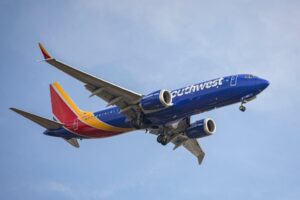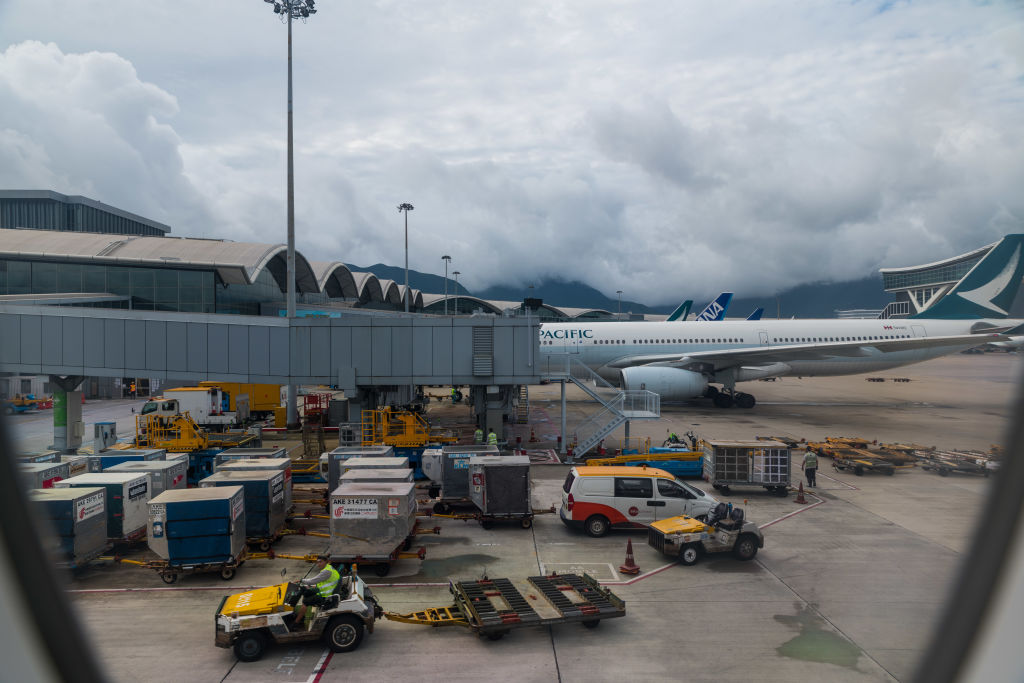When University of Florida professor Harrison Hove boarded American Airlines Flight 5916 bound for Gainesville, FL, little did he know it would turn out to be the most terrifying trip of his life. After an unremarkable takeoff from Charlotte-Douglas International Airport and about 40 minutes into the flight, Hove heard a loud bang and a burning smell filled the cabin. Oxygen masks dropped and so did the airplane, falling 18,000 feet in about three minutes. “Something failed midflight and depressurized the cabin,” Hove wrote. Later the professor would say, “I’ve flown a lot. This was scary.” Amazingly the aircraft landed safely without any injuries to the passengers and flight crew.
But perhaps the truly frightening thing about Flight 5916 is that airplane mishaps are happening at an alarming rate across the United States. Much has been written of late about the many airline inconveniences but little on the safety of travel by air. In an extensive study, The New York Times found a disturbing number of near misses, including:
- A Southwest Airlines pilot had to abort his landing to avoid Delta Air Lines Flight 737, which was preparing for takeoff on the same runway.
- The pilot of an American Airlines plane barreling down a San Francisco runway at a speed of 160 miles per hour had to hit the brakes to avoid colliding with a Frontier airplane.
- Another American Airlines flight to Dallas was cruising at 500 mph when a collision warning sounded in the cockpit because an air traffic controller had directed a United Airlines aircraft into its path.
The Times found “at least 46 close calls involving commercial airlines [in July] alone.” These mishaps have not been revealed to the public but showed up on Federal Aviation Administration (FAA) safety reports. However, the safety rubber band appears to be stretched to its limit as “close calls involving commercial airlines have been happening, on average, multiple times a week, according to a Times analysis of internal FAA records … ”
Multiple Reasons for Airplane Anxiety

(Photo by Daniel Knighton/Getty Images)
There appear to be several reasons for the understandable anxiety that passengers feel when flying these days. There is a shortage of air traffic controllers, which means longer workweeks for those certified to staff the control towers. Fatigue sets in, and that’s when mistakes are made.
Another issue is the lack of runway warning systems that could prevent runway accidents. These have been recommended for years, yet most US airports have not installed them. Then there’s the head-in-the-sand problem. Politico recently reported on a congressional hearing in which Sen. Ted Cruz (R-TX) asked the then-acting FAA administrator, “What more can be done to make sure the next near-miss doesn’t become a horrific tragedy?” The answer Cruz received was: “[T]he flying public is safe.”
But is it? Frequent fliers cite the safety record of US airline traffic: No major crashes have happened in the last decade. However, it appears lean numbers of air traffic control personnel, delayed use of advanced safety technology, and aircraft wear and tear are taking a toll. Several airline mishaps are being investigated by the National Transportation Safety Board, but Politico reported those “investigations are likely to take a year to complete.” In the meantime, passengers will have to trust the system and fly on a wing and a prayer.




